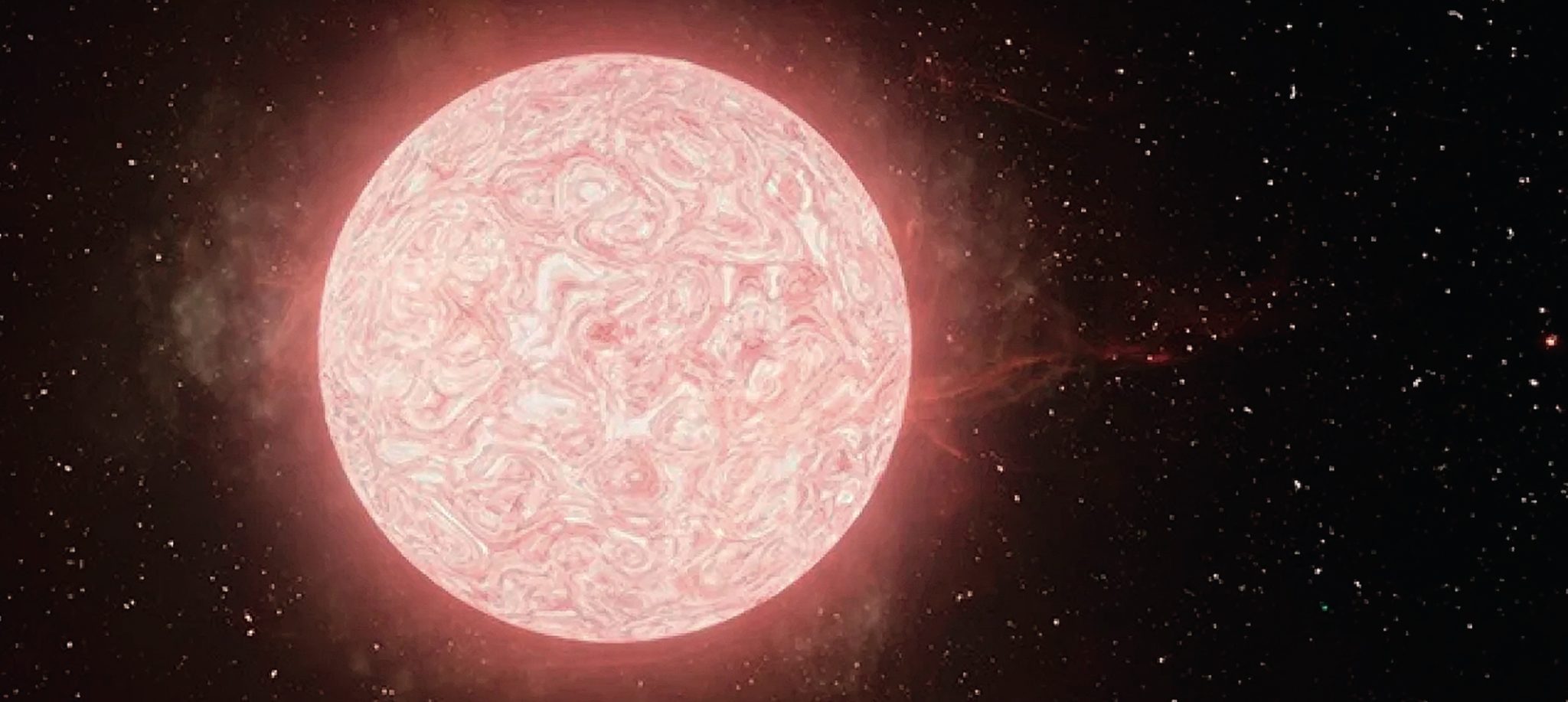If a star dies in the universe and no one is around to see it, does it make an explosion? Scientists can now confirm that it does.
Astronomers have long suspected that massive stars explode as spectacular supernovae at the end of their lives, but they had never observed the full sequence of events unfolding in a single star. That changed last September, when several Earth- and space-based telescopes finally captured the death throes of a red supergiant star 120 million light-years away.
“This is a breakthrough in our understanding of what massive stars do moments before they die,” Berkeley graduate student Wynn Jacobson-Galán and lead author of a paper on the supernova in the Astrophysical Journal told Berkeley News.
Supernovae generally occur in stars at least eight times bigger than the sun. The explosion ejects gas and debris into space, forming stars and producing elements. Researchers believe this star was about 10 times the size of our sun (which will also “die” but is too small to perish in a supernova).
The dying star was first discovered in the summer of 2020 by researchers from Berkeley and Northwestern using Pan-STARRS, a telescope operated by the University of Hawai‘i Institute for Astronomy on Haleakalā. Astronomers watched as it grew progressively brighter before exploding.
“It’s like watching a ticking time bomb,” said senior author Raffaella Margutti, associate professor of astronomy and physics at Berkeley.
The explosion itself took less than a minute and outshone the star’s entire galaxy.
Said Jacobson-Galán: “Detecting more events like SN 2020tlf will dramatically impact how we define the final months of stellar evolution, uniting observers and theorists in the quest to solve the mystery on how massive stars spend the final moments of their lives.”




















